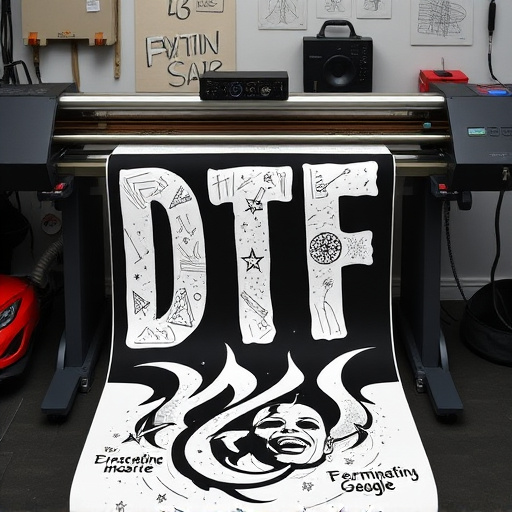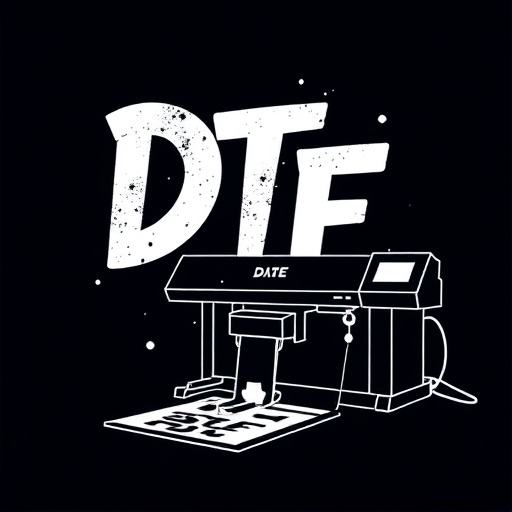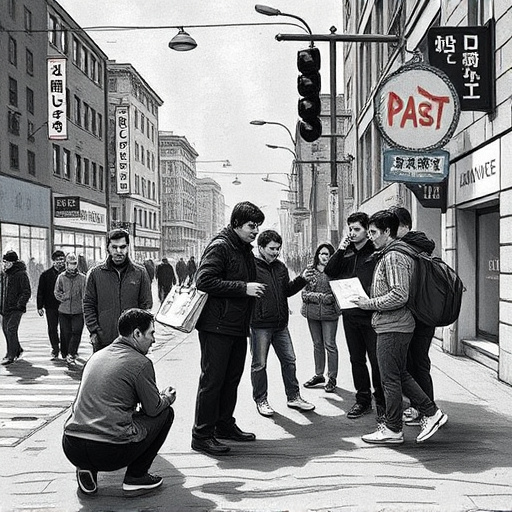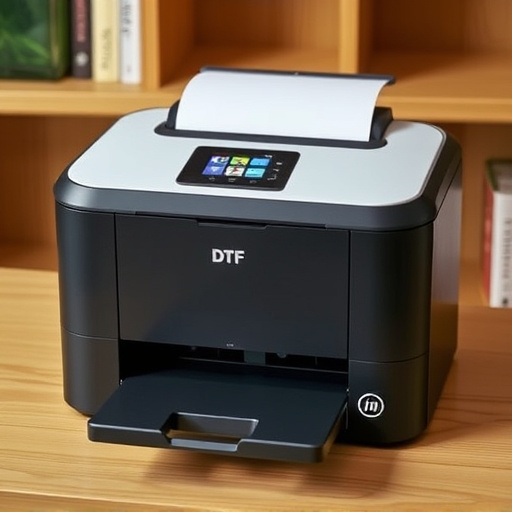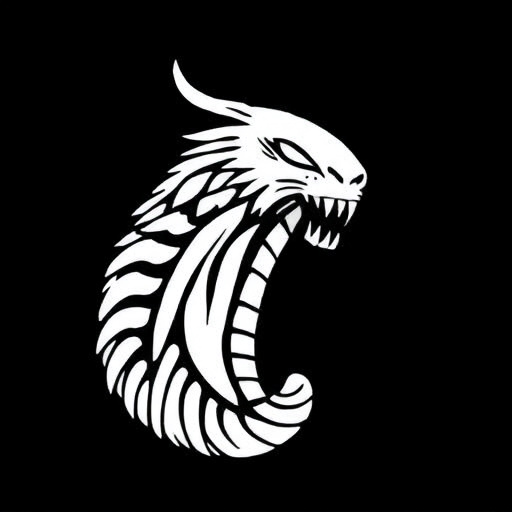Direct-to-Film (DTF) transfers for custom tees require careful consideration. Challenges include ink bleeding, misalignment and delamination. Solutions involve using compatible inks and fabrics, proper pre-treatment, calibration, and settings. Regular cleaning and maintenance ensure high-quality, vibrant prints in bulk DTF shirt production.
Direct-to-Film (DTF) transfers offer a direct, high-quality method of printing on various materials. However, troubleshooting issues can arise, affecting print quality and outcomes. This article guides you through understanding DTF transfer problems, from common causes like improper material preparation to advanced solutions for optimizing your process. By the end, you’ll be equipped with the knowledge to tackle and prevent challenges in your DTF transfers.
- Understanding Direct-to-Film Transfer Issues
- Common Problems and Their Solutions
- Advanced Troubleshooting Techniques
Understanding Direct-to-Film Transfer Issues

Direct-to-Film (DTF) transfers have gained popularity due to their ability to produce high-quality, vibrant prints directly on various materials like textiles and plastics. However, understanding the unique challenges associated with this process is crucial for effective troubleshooting. Common issues in DTF transfers can arise from a variety of factors, including ink compatibility, printing settings, and substrate preparation.
When it comes to dtf printer performance, improper ink selection or settings can lead to poor print quality, such as fading, misregistration, or uneven application. In bulk dft shirt production or dtf printing for hoodies, ensuring consistent pre-treatment of fabrics is essential to achieve long-lasting results. Skipping this step can result in issues like ink bleeding, inadequate adhesion, and delamination over time. Proper calibration and maintenance of the DTF printer are also vital to prevent recurring problems and ensure the longevity of your prints.
Common Problems and Their Solutions
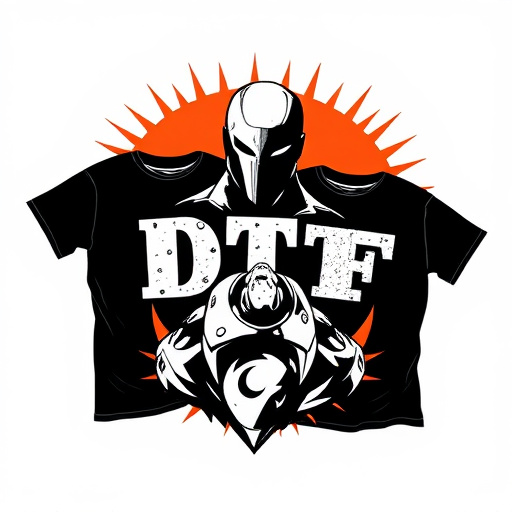
Direct-to-Film (DTF) Transfers printing offers a seamless way to create custom graphic tees and other products but it’s not without its challenges. Common issues include ink bleeding, poor adhesion, and print distortion. These problems can often be traced back to user error or unsuitable materials. For instance, using the wrong ink or substrate for your dtf printer can lead to inadequate bonding and smudging. To ensure crisp prints on bulk DTF shirt production, always double-check compatibility and follow manufacturer guidelines regarding ink types and fabric choices.
Another frequent problem is air bubbles and print misalignment. These occur during the heat application process, often due to improper pressure or temperature settings. Adjusting these parameters according to the dtf for Custom graphic tees specifications can prevent these issues. Additionally, pre-heating the garment before printing and using a smooth surface to ensure even contact with the printer bed are essential steps in achieving high-quality DTF transfers without visible defects.
Advanced Troubleshooting Techniques

When it comes to mastering Direct-to-Film (DTF) transfers for custom graphic tees and apparel, advanced troubleshooting techniques can be your secret weapon. If you’re encountering issues with print quality or consistency, start by examining your dtf transfer sheets. Ensure they are stored properly and not exposed to excessive moisture, as this can affect their performance. Verify the compatibility of your printer with DTF printing; some models may require specific settings or upgrades for optimal results.
Moreover, check the ink levels and type. Different inks have varying properties, and using the wrong kind can lead to subpar prints. Consider the surface you’re applying the transfer to—different materials may necessitate unique preparation and setting methods. Regularly clean your printing equipment and work area to prevent buildup of residual ink or debris. These meticulous steps will contribute to achieving crisp, vibrant designs on your DTF for apparel projects.
Direct-to-Film transfers can be a complex process, but with a thorough understanding of common issues and advanced troubleshooting techniques, you can ensure high-quality prints. By identifying problems early and employing effective solutions, you’ll streamline the transfer process, resulting in vibrant, accurate films that bring your vision to life. Remember, when it comes to Direct-to-Film Transfers, meticulous attention to detail and a systematic approach are key to achieving exceptional results.




